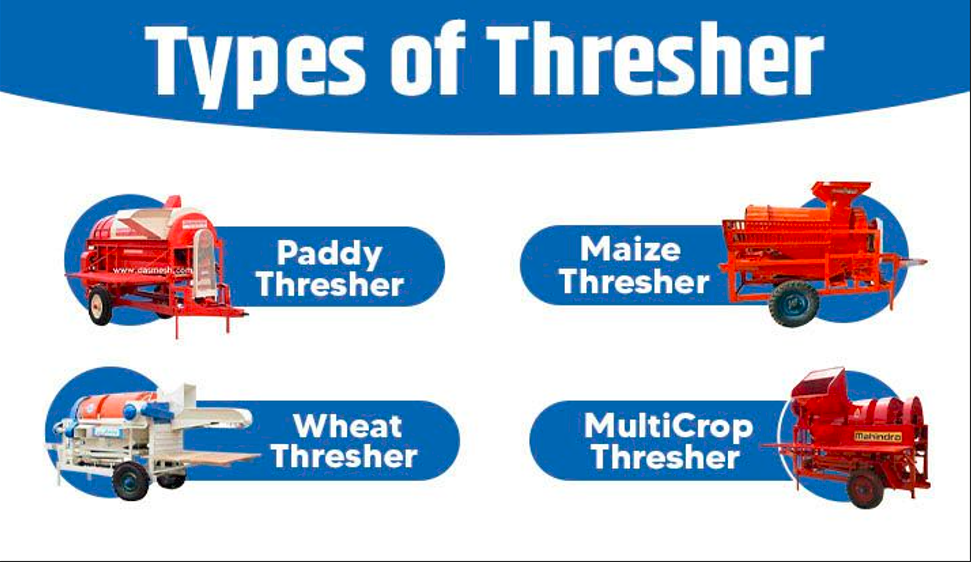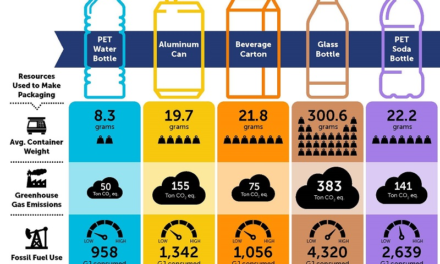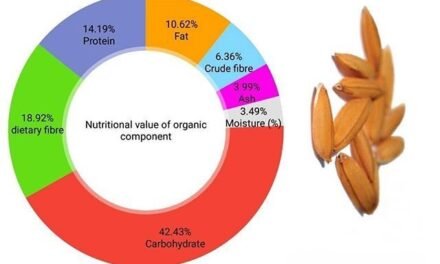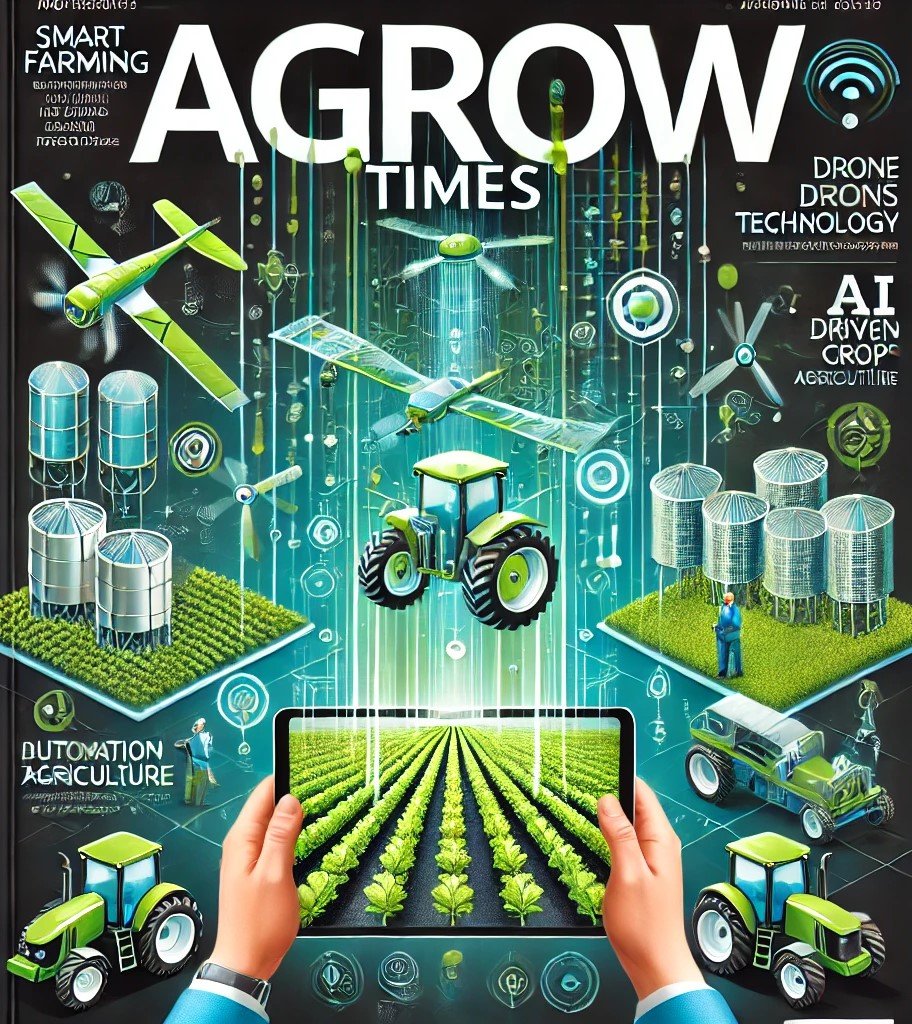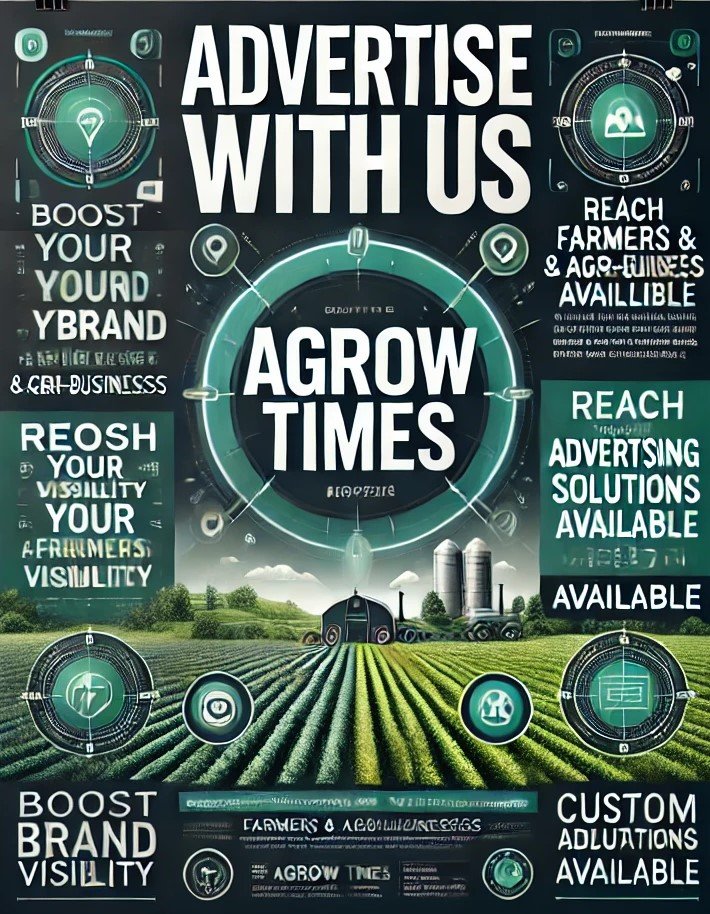Threshers play a crucial role in separating grains from their stalks or husks, and the type of thresher used can significantly affect grain quality. Factors such as threshing mechanism, crop type, and machine settings influence grain damage, cleanliness, and overall quality. Here’s a breakdown of how different types of threshers impact grain quality:
1. Types of Threshers and Their Impact
a. Axial-Flow Threshers
- Mechanism:
- Use a rotating drum and concave system to separate grains by rubbing and impact forces.
- Impact on Grain Quality:
- Advantages:
- Gentle on grains; suitable for crops prone to breakage (e.g., rice, wheat).
- Produces clean grains with minimal foreign matter.
- Efficient in handling a wide range of crop conditions.
- Disadvantages:
- May cause minor cracking in fragile grains if improperly calibrated.
- Advantages:
b. Tangential-Flow Threshers
- Mechanism:
- Feed crops tangentially into the threshing drum; grains are separated through impact and rubbing.
- Impact on Grain Quality:
- Advantages:
- High capacity; works well with tougher grains like maize and sorghum.
- Effective in separating grains from harder or thicker stalks.
- Disadvantages:
- Higher risk of grain damage, especially for delicate grains, if drum speed or clearance is not adjusted.
- Advantages:
c. Hammer Mill Threshers
- Mechanism:
- Use high-speed rotating blades or hammers to thresh grains by striking and breaking the crop material.
- Impact on Grain Quality:
- Advantages:
- Efficient for threshing coarse grains like maize and millet.
- Can handle wet or damp crops better than other types.
- Disadvantages:
- Higher levels of grain breakage due to the aggressive action.
- May produce unevenly sized grains or leave small particles.
- Advantages:
d. Spike-Tooth Threshers
- Mechanism:
- Use spike-tooth drums to beat and separate grains from the crop.
- Impact on Grain Quality:
- Advantages:
- Versatile; works well with a variety of crops, including rice, wheat, and barley.
- Minimal grain damage if properly adjusted.
- Disadvantages:
- If not calibrated, can cause tearing or splitting of grains, especially in brittle varieties.
- Advantages:
e. Rasp-Bar Threshers
- Mechanism:
- Combine rasp bars with concaves to apply rubbing and shearing forces for separation.
- Impact on Grain Quality:
- Advantages:
- Highly effective for uniform and clean threshing.
- Suitable for crops with tight husks or shells, like rice or wheat.
- Disadvantages:
- Slightly higher risk of grain cracking if over-threshed.
- Advantages:
f. Pedal-Operated Threshers
- Mechanism:
- Manually powered threshers that separate grains by impact or rubbing.
- Impact on Grain Quality:
- Advantages:
- Gentle on grains; low risk of damage.
- Suitable for small-scale farmers handling delicate grains.
- Disadvantages:
- Limited capacity; less efficient for large-scale operations.
- Advantages:
2. Factors Affecting Grain Quality in Threshing
a. Drum Speed
- Effect:
- High drum speeds can lead to grain cracking and splitting.
- Low speeds may result in incomplete separation, leaving grains attached to the stalk.
- Recommendation:
- Adjust drum speed to match crop type and condition (e.g., lower speeds for fragile grains like rice, higher speeds for tough grains like sorghum).
b. Clearance Between Drum and Concave
- Effect:
- Tight clearance can crush grains, while loose clearance may leave un-threshed grains.
- Recommendation:
- Optimize clearance based on crop type and size.
c. Moisture Content
- Effect:
- High moisture content increases grain susceptibility to cracking during threshing.
- Extremely dry grains are brittle and prone to breakage.
- Recommendation:
- Ensure crops are threshed at the ideal moisture content (e.g., 18–22% for rice).
d. Crop Type and Condition
- Effect:
- Crops with hard husks or tough stalks may require more aggressive threshing, increasing the risk of grain damage.
- Recommendation:
- Select a thresher designed for the specific crop, such as hammer mill threshers for coarse grains or axial-flow threshers for rice and wheat.
e. Feed Rate
- Effect:
- Overloading the thresher can cause uneven threshing and increased grain breakage.
- Recommendation:
- Maintain a consistent feed rate to optimize machine performance.
3. Cleanliness and Contamination
- Manual Cleaning vs. Machine Cleaning:
- Threshers with built-in cleaning systems (e.g., sieves, blowers) produce cleaner grains, reducing post-threshing labor.
- Machines lacking cleaning mechanisms may leave chaff, dirt, or broken husks mixed with the grains.
- Impact on Quality:
- Clean grains command higher market prices and reduce the risk of fungal contamination during storage.
4. Grain Loss
- Efficiency of Grain Recovery:
- Inefficient threshers may leave grains uncollected or damaged, leading to higher post-harvest losses.
- Automated threshers with efficient separation mechanisms minimize grain loss compared to manual methods.
5. Suitability for Small-Scale vs. Large-Scale Farming
- Small-Scale Farming:
- Manual or pedal-operated threshers are cost-effective and gentle on grains but may limit throughput.
- Large-Scale Farming:
- High-capacity machines like axial-flow or tangential-flow threshers are ideal for handling bulk quantities efficiently, though they may require fine-tuning to prevent grain damage.
6. Environmental Impact
- Traditional vs. Modern Machines:
- Manual threshers have a lower carbon footprint but limited efficiency.
- Modern, energy-efficient threshers with precision controls reduce grain loss and operational waste.
Conclusion
The type of thresher selected significantly influences grain quality through factors such as breakage, cleanliness, and efficiency. Farmers must consider the crop type, scale of operations, and specific quality requirements when choosing a thresher. Adjusting machine settings like drum speed, clearance, and feed rate further ensures optimal grain quality and minimizes post-harvest losses. For delicate crops like rice, axial-flow threshers are ideal, while hammer mill or tangential-flow threshers suit tougher grains like maize. Balancing efficiency and quality is key to maximizing profitability and sustainability.
Hashtags
#FarmingTechnology #CropQuality #ModernFarmEquipment #InnovativeFarming #ThresherTechnology #SustainableFarming #PrecisionFarming #HarvestingEquipment #EfficientHarvesting #SmartAgriculture #GrainHarvesting #AgriculturalInnovations #AdvancedThreshing #FarmingSolutions #GrainHarvest #EcoFriendlyFarming #ThreshingInnovation #FarmingAdvancements #HighQualityGrain #FarmingFuture

